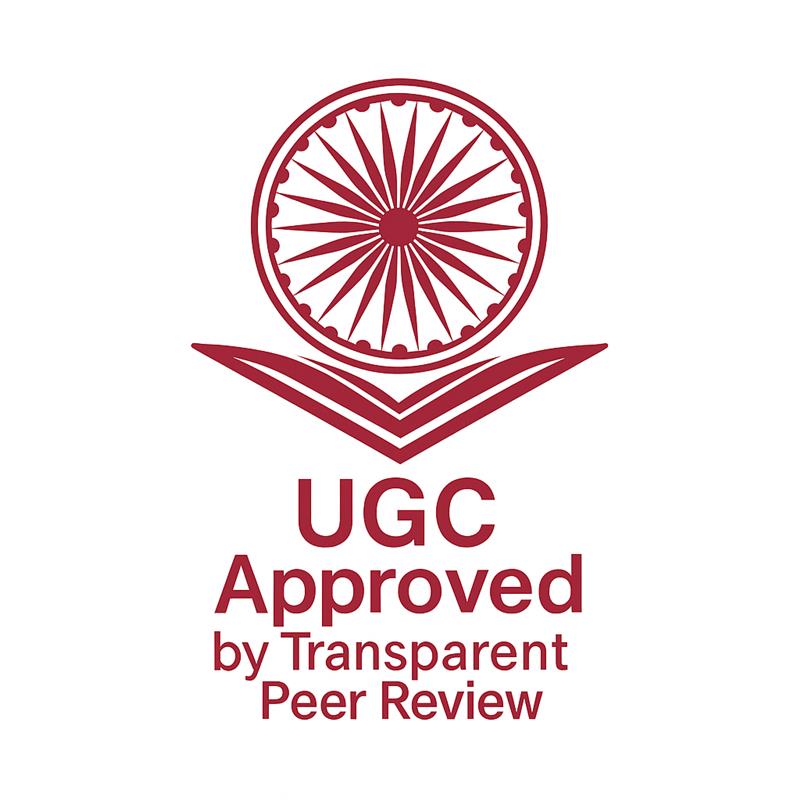Paper Title
To evaluate Knowledge, Attitude and Practices in the elderly on the use of traditional Indian Prebiotics and Probiotics as an immune-booster during pandemic
Article Identifiers
Authors
Keywords
Cataract Subtypes, India, Risk factors, Diet, Sun Exposure
Abstract
Blindness due to cataract presents itself to be an enormous problem in terms of human morbidity as well as economic loss and social burden in India. 80% of the total blindness in India is due to cataract. Major types of cataracts include: Nuclear sclerotic, Cortical and Posterior Subcapsular. This study aims to assess the risk factors contributing to the development of cataract and its subtypes amongst the adults belonging to the age group ≥21 years. An Inter-state cross-sectional cohort study was conducted on 200 participants, randomly selected from the states of Telangana, Karnataka and Bihar belonging to Urban, Rural & Tribal areas. A detailed history on Demographic, Lifestyle, Metabolic status, Dietary and Cooking practices was obtained via direct interview method. Analysis was conducted using Chi-Square test for Demographic variables, ANOVA used for evaluating Lifestyle and Cooking practices at P= <0.05. The results showed that overall incidence of nuclear cataract (76.5%) was higher when compared to cortical cataract (17.5%) and PSC (6%). Risk of cataract increased linearly with age. Low BMI increased the overall cataract risk by 26.5%. Two-Fold increase in cortical and PSC was seen amongst smokers and alcoholics. About 69.2% individuals affected with cataract were exposed to sun for 7 or more hours per day. Use of solid fuel unimproved stove had debilitating effect on cataract incidence. The information on increased risk associated with low BMI and high consumption frequency of rice is pertinent and further exploration in this regard can prove to be beneficial in alleviating the cataract incidence rate.
Downloads
How To Cite (APA)
Ramsha Aymen (September-2023). To evaluate Knowledge, Attitude and Practices in the elderly on the use of traditional Indian Prebiotics and Probiotics as an immune-booster during pandemic. INTERNATIONAL JOURNAL OF NOVEL RESEARCH AND DEVELOPMENT, 8(9), d538-d547. https://ijnrd.org/papers/IJNRD2309367.pdf
Issue
Volume 8 Issue 9, September-2023
Pages : d538-d547
Other Publication Details
Paper Reg. ID: IJNRD_205709
Published Paper Id: IJNRD2309367
Downloads: 000122253
Research Area: Health ScienceÂ
Author Type: Indian Author
Country: HYDERABAD, Telangana, India
Published Paper PDF: https://ijnrd.org/papers/IJNRD2309367.pdf
Published Paper URL: https://ijnrd.org/viewpaperforall?paper=IJNRD2309367
About Publisher
Journal Name: INTERNATIONAL JOURNAL OF NOVEL RESEARCH AND DEVELOPMENT(IJNRD)
UGC CARE JOURNAL PUBLICATION | ISSN: 2456-4184 | IMPACT FACTOR: 8.76 Calculated By Google Scholar | ESTD YEAR: 2016
An International Scholarly Open Access Journal, Peer-Reviewed, Refereed Journal Impact Factor 8.76 Calculate by Google Scholar and Semantic Scholar | AI-Powered Research Tool, Multidisciplinary, Monthly, Multilanguage Journal Indexing in All Major Database & Metadata, Citation Generator
Publisher: IJNRD (IJ Publication) Janvi Wave | IJNRD.ORG | IJNRD.COM | IJPUB.ORG
Copyright & License
© 2025 — Authors hold the copyright of this article. This work is licensed under a Creative Commons Attribution 4.0 International License. and The Open Definition.
You are free to share, adapt, and redistribute the material, provided proper credit is given to the original author. 🛡️ Disclaimer: The content, data, and findings in this article are based on the authors’ research and have been peer-reviewed for academic purposes only. Readers are advised to verify all information before practical or commercial use. The journal and its editorial board are not liable for any errors, losses, or consequences arising from its use.

Publication Timeline
Article Preview: View Full Paper
Call For Paper
IJNRD is a Scholarly Open Access, Peer-Reviewed, Refereed, and UGC CARE Journal Publication with a High Impact Factor of 8.76 (calculated by Google Scholar & Semantic Scholar | AI-Powered Research Tool). It is a Multidisciplinary, Monthly, Low-Cost, and Transparent Peer Review Journal Publication that adheres to the UGC CARE 2025 Peer-Reviewed Journal Policy and aligns with Scopus Journal Publication standards to ensure the highest level of research quality and credibility.
IJNRD offers comprehensive Journal Publication Services including indexing in all major databases and metadata repositories, Digital Object Identifier (Crossref DOI) assignment for each published article with additional fees, citation generation tools, and full Open Access visibility to enhance global research reach and citation impact.
The INTERNATIONAL JOURNAL OF NOVEL RESEARCH AND DEVELOPMENT (IJNRD) aims to advance applied, theoretical, and experimental research across diverse academic and professional fields. The journal promotes global knowledge exchange among researchers, developers, academicians, engineers, and practitioners, serving as a trusted platform for innovative, peer-reviewed journal publication and scientific collaboration.
Indexing Coverage: Google Scholar, SSRN, ResearcherID-Publons, Semantic Scholar (AI-Powered Research Tool), Microsoft Academic, Academia.edu, arXiv.org, ResearchGate, CiteSeerX, ResearcherID (Thomson Reuters), Mendeley, DocStoc, ISSUU, Scribd, and many other recognized academic repositories.
How to submit the paper?
By Our website
Click Here to Submit Paper Online
You can now publish your research in IJNRD. IJNRD is a Transparent Peer-Reviewed Open Access Journal Publication (Refereed Journal), aligning with New UGC and UGC CARE recommendations.
For more details, refer to the official notice: UGC Public Notice
Submit Paper Online
Important Dates for Current issue
Paper Submission Open For: December 2025
Current Issue: Volume 10 | Issue 12 | December 2025
Impact Factor: 8.76
Last Date for Paper Submission: Till 31-Dec-2025
Notification of Review Result: Within 1-2 Days after Submitting paper.
Publication of Paper: Within 01-02 Days after Submititng documents.
Frequency: Monthly (12 issue Annually).
Journal Type: IJNRD is an International Peer-reviewed, Refereed, and Open Access Journal with Transparent Peer Review as per the new UGC CARE 2025 guidelines, offering low-cost multidisciplinary publication with Crossref DOI and global indexing.
Subject Category: Research Area
Call for Paper: More Details
Approval, Licenses and Indexing: More Details

 :
: 




